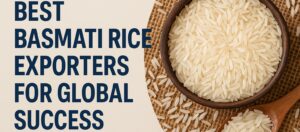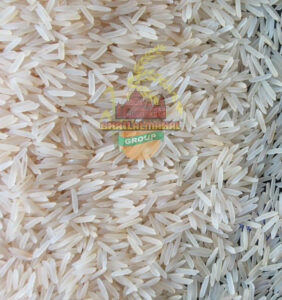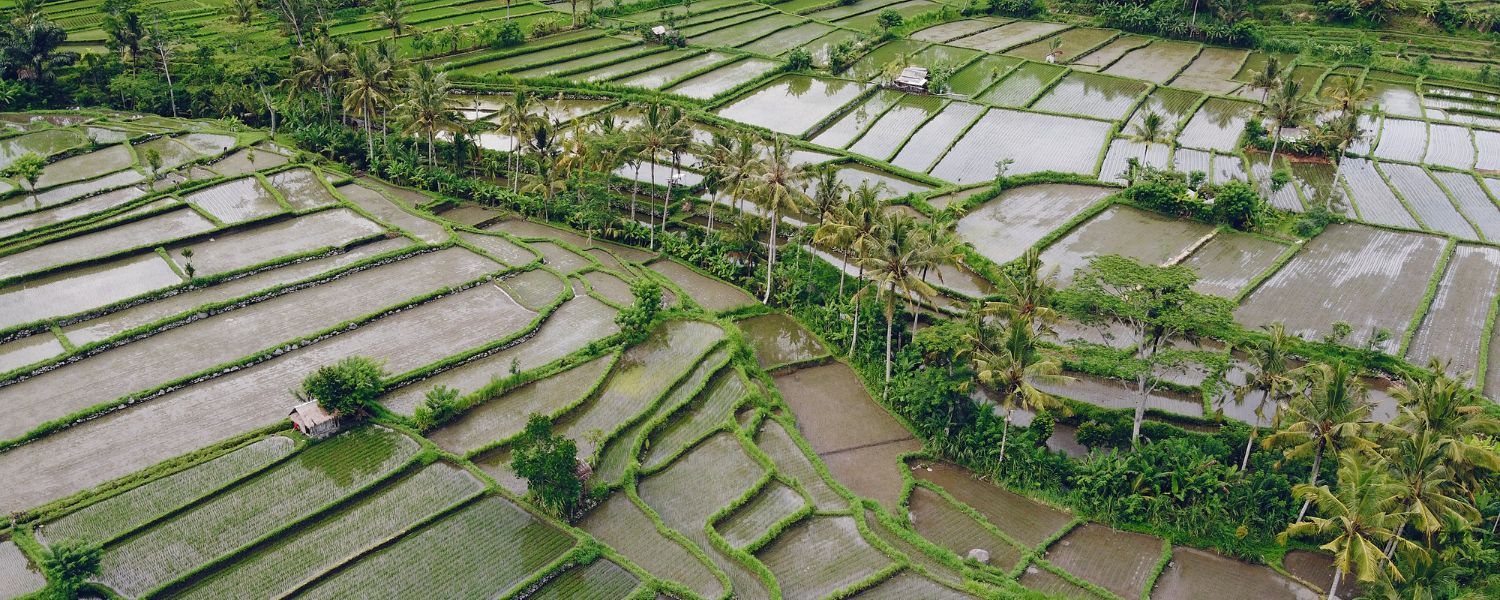Rice, often termed as the “staple food of the world,” plays a crucial role in the diets of billions of people globally. Its journey from field to plate is a fascinating narrative of cultivation, processing, distribution, and culinary diversity. In this blog post, we embark on a journey to understand the intricate process of rice exportation, from its humble beginnings in the fields to its flavorful presence on dinner tables worldwide.
Rice exportation is not merely a commercial endeavor; it’s a testament to centuries-old traditions, innovative agricultural practices, and the interconnectedness of global food systems. Understanding this journey offers insights into the complexities and challenges of feeding a growing population sustainably.
The Origins: Where Rice Cultivation Begins
Our journey begins in the verdant fields of Asia, where rice cultivation originated thousands of years ago. Today, rice is grown in diverse geographical regions, from the lush paddies of Southeast Asia to the sprawling farms of the Americas. Farmers employ a blend of traditional wisdom and modern techniques to cultivate this precious grain, ensuring bountiful harvests year after year.
Harvesting the Golden Grain: Techniques and Traditions
The process of rice harvesting is a labor-intensive yet rewarding endeavor. Farmers carefully tend to their crops, nurturing them from seedlings to mature plants ready for harvest. Traditions and rituals surrounding rice harvesting vary across cultures, symbolizing the importance of this crop in sustaining communities and livelihoods.
From Farms to Mills: Processing Rice for Export
Once harvested, rice undergoes a series of processing stages to prepare it for export. Modern milling techniques ensure the removal of husks, bran, and impurities while preserving the nutritional integrity of the grain. This meticulous process transforms raw rice into the polished grains preferred by consumers worldwide.
Navigating the Supply Chain: Distributing Rice Worldwide
The journey of rice doesn’t end at the processing mill; it continues through a vast network of distributors, wholesalers, and retailers. Logistics play a crucial role in ensuring the timely and efficient delivery of rice to markets around the globe. From bulk shipments to specialized packaging for niche markets, the supply chain adapts to meet the diverse needs of consumers.
Quality Assurance: Ensuring Premium Rice for Consumers
Quality control measures are paramount in rice exportation to maintain the reputation of brands and meet regulatory standards. From rigorous testing for purity and consistency to certifications verifying sustainable and ethical practices, exporters prioritize delivering premium rice products to discerning consumers.
On the Plate: Exploring Culinary Delights with Rice
Finally, we arrive at the culmination of the rice journey – the dinner table. Rice serves as the canvas for a myriad of culinary creations, from comforting bowls of steamed rice to exotic dishes infused with spices and flavors from around the world. Whether enjoyed as a simple side dish or the centerpiece of a gourmet meal, rice continues to delight palates and nourish bodies across cultures and continents.
The journey of rice exportation is a testament to the ingenuity, resilience, and interconnectedness of agricultural communities worldwide. From the fertile fields where it’s cultivated to the plates where it’s savored, rice embodies the essence of sustenance and cultural heritage. By understanding and appreciating this journey, we gain a deeper appreciation for the humble grain that sustains us all.
Share:
Related Posts

Basmati Rice – Wholesale Price & Mandi Rate Guide
Looking at the features of such long grains, their fragrance, and the pen-cooled elite, one can perhaps consider that Basmati rice is the mainstay of

Best Basmati Rice Exporters for Global Success
Are you searching for top-quality Basmati rice exporters to meet your international market demands? Look no further! In this comprehensive guide, we’ll walk you through

1509 Pesticide Free Golden Basmati Rice
Rice Specification Purity 95.00% Min Field Ad-mixture 5.00% Max. Average Grain Length 8.35 MM Moisture Under 13% Broken Grain Under 5% Damage/Discolour Grain 1% Immature

